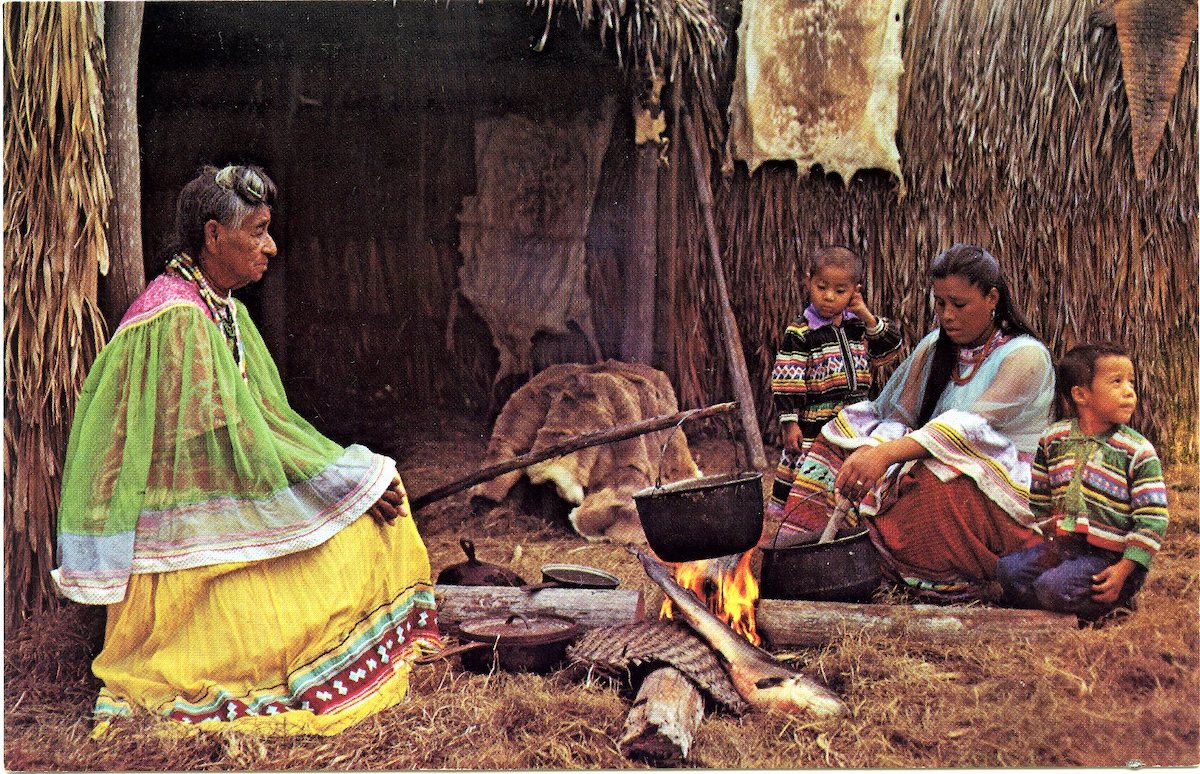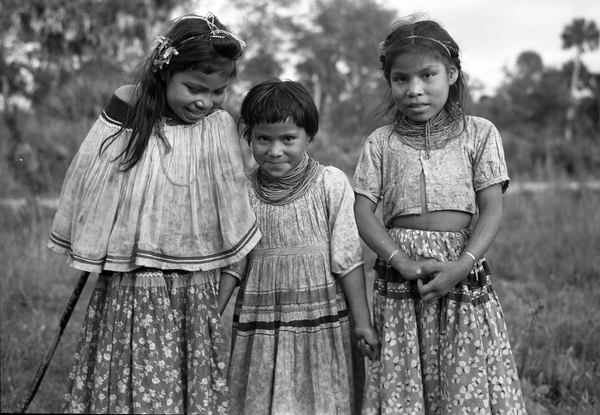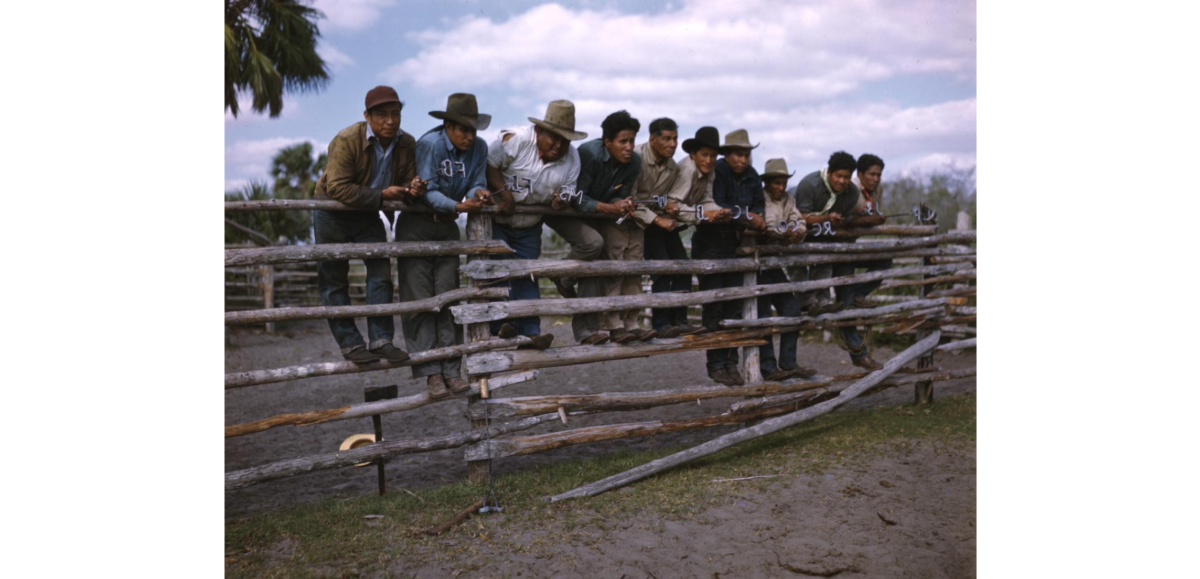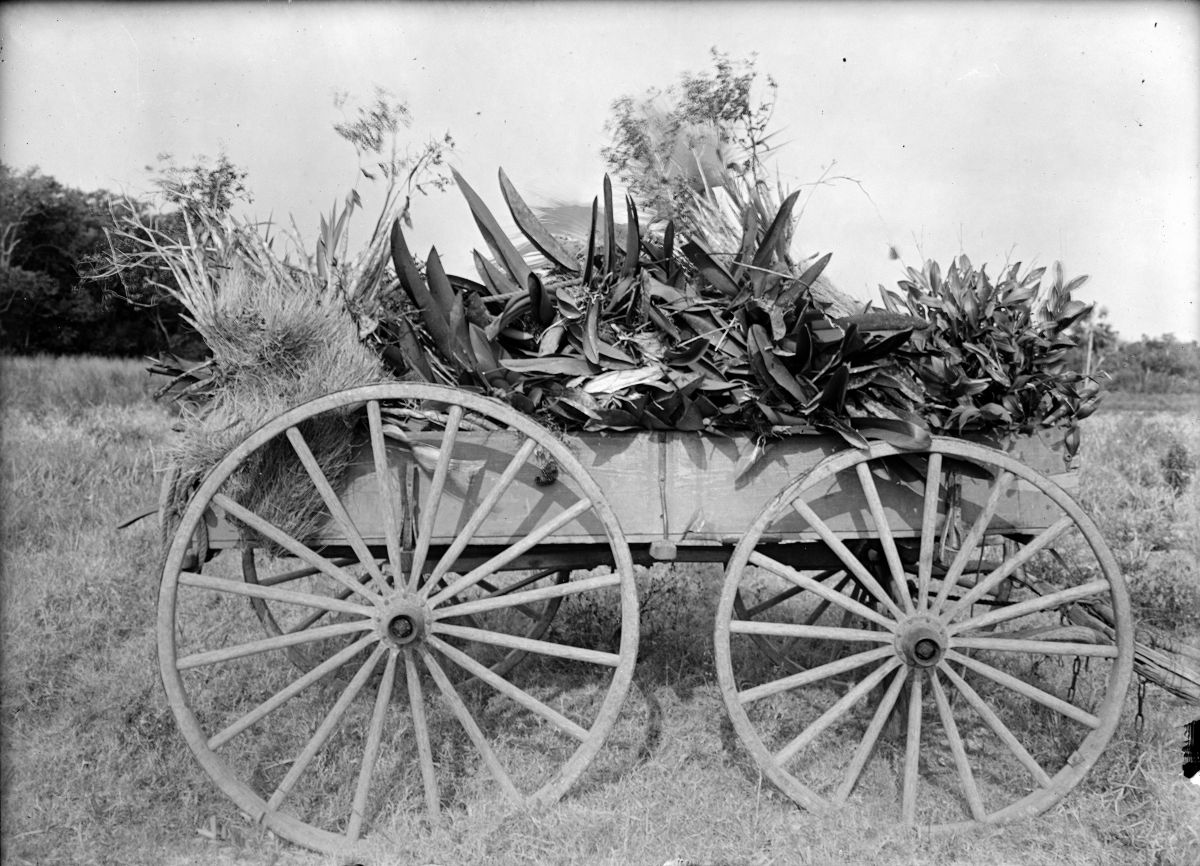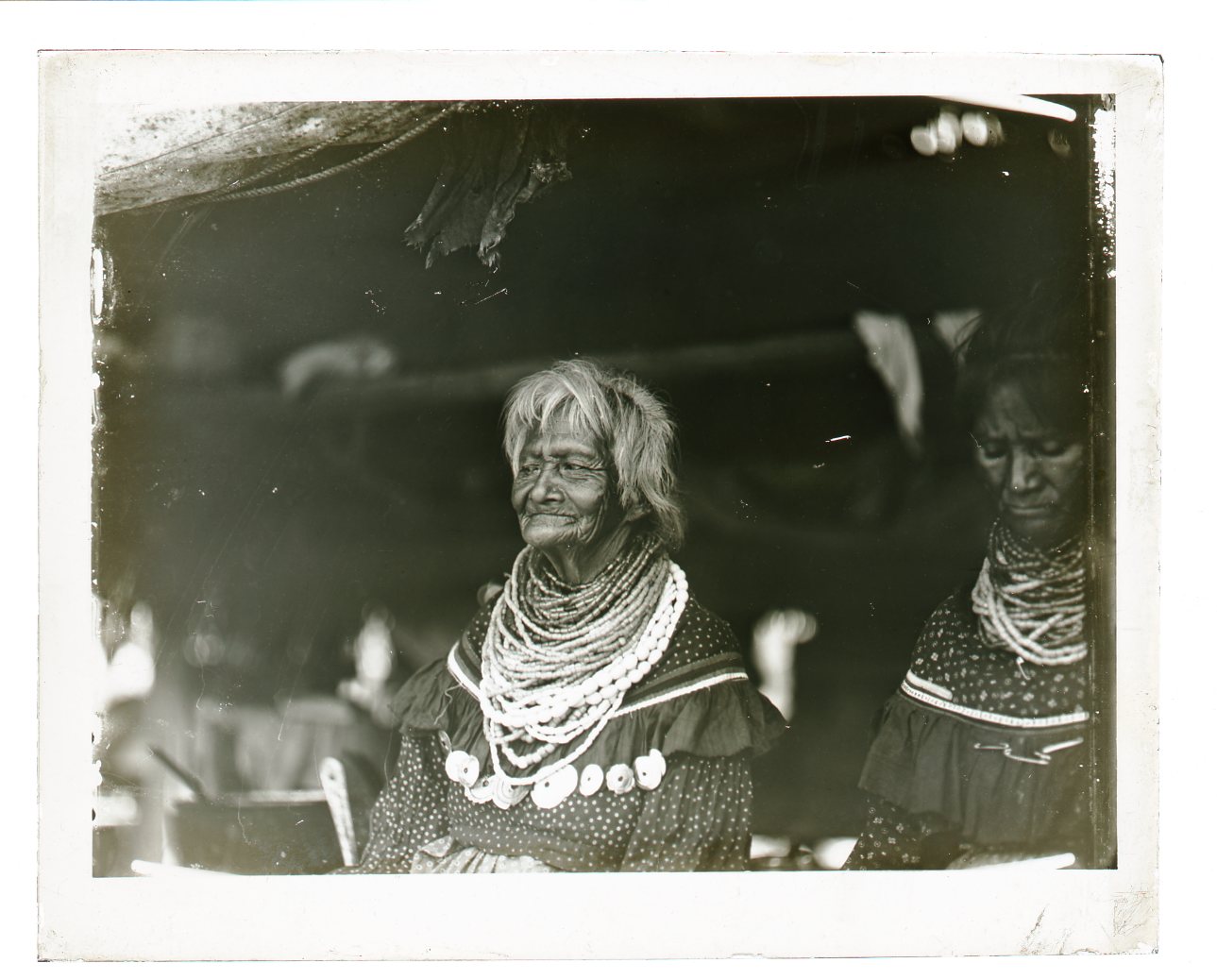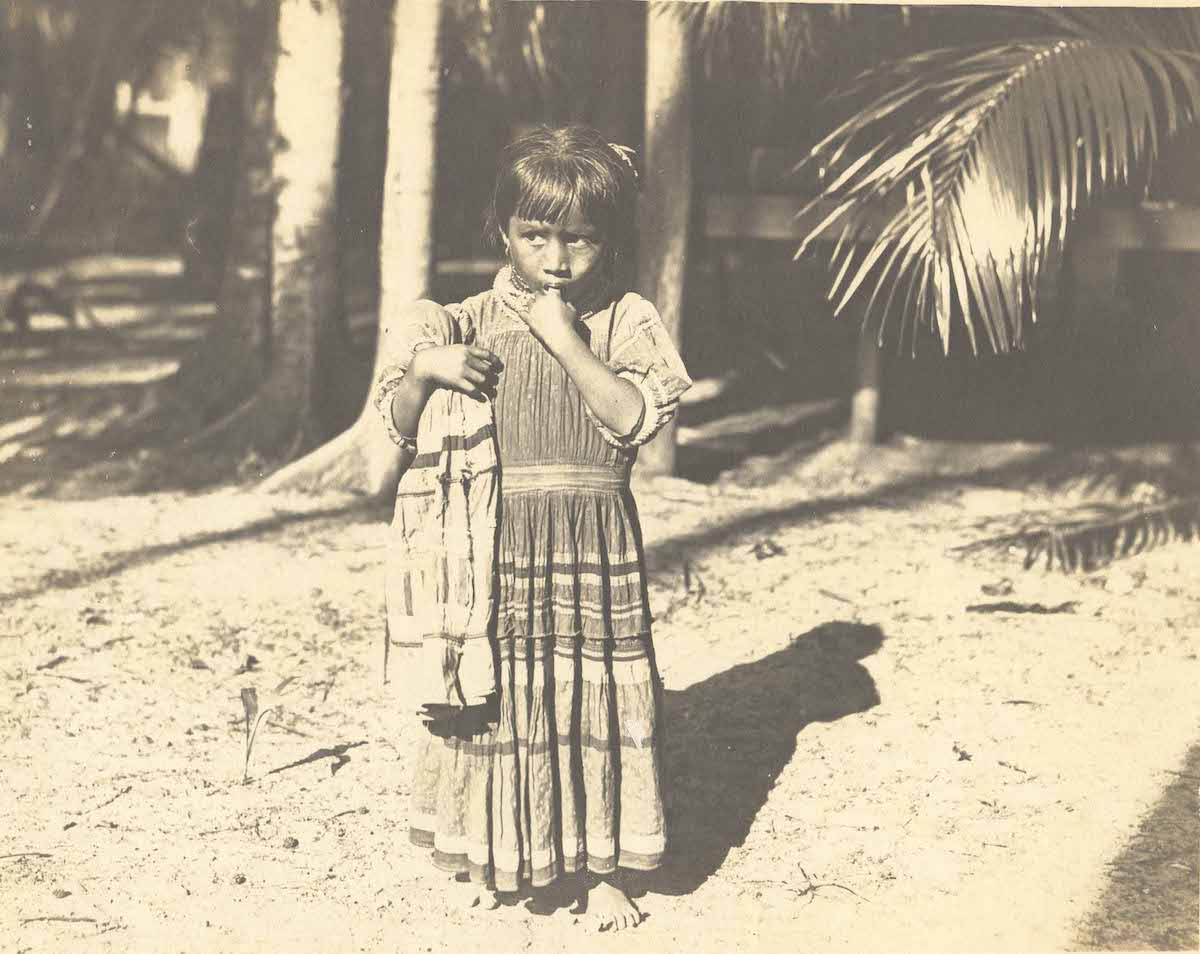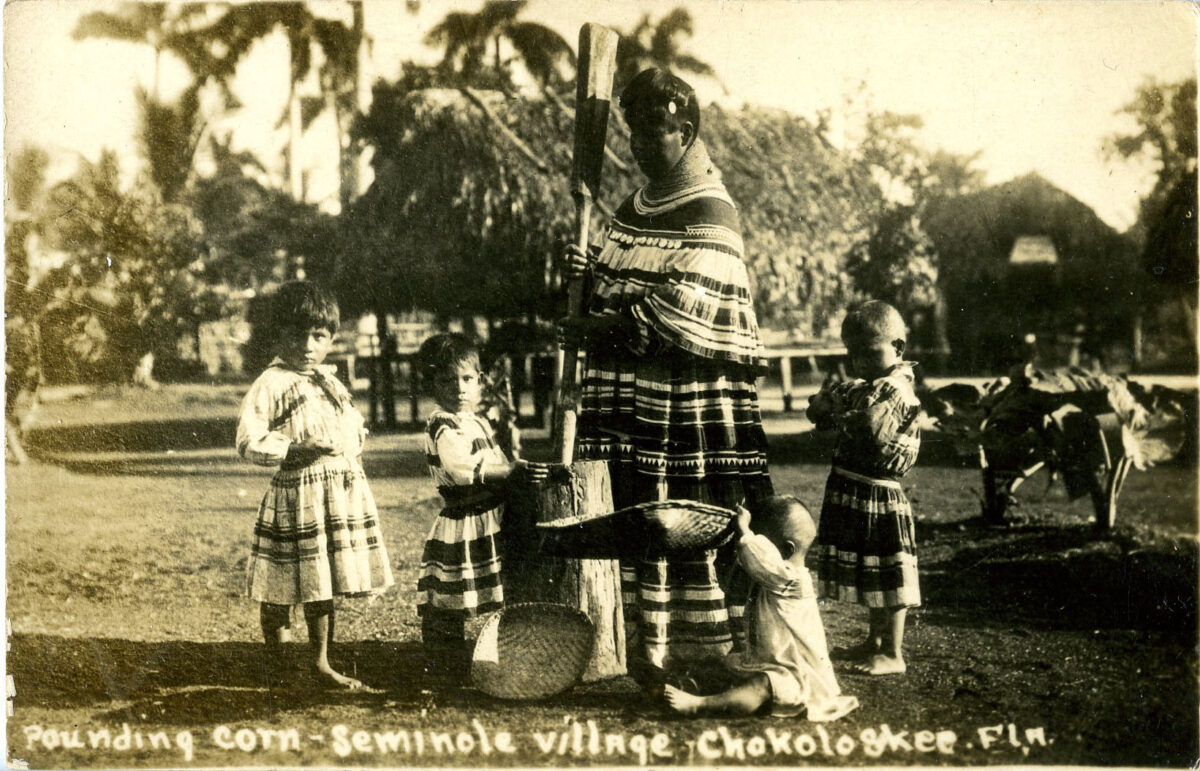Socialite turned Friend of the Seminole: Ethel Cutler Freeman
Dive into the impactful work of anthropologist Ethel Cutler Freeman, who worked with the Big Cypress community beginning in the 1940s.
Snakes, Cinema, and Powerful Seminole Legacies at Silver Springs
Follow along to learn more about Seminoles at Silver Springs, as well as Osceola’s defiant stand that changed the trajectory of the Seminole Wars.
Dear Friend: The Spectacular Photos of W. Stanley Hanson
This week, we look at an utterly unique collection, gathered over the lifetime of W. Stanley Hanson Sr. and his family that documents the Seminole experience.
Faith and Family: The Quiet Legacy of Ada Tiger
Today is the first day of Women’s History Month! Throughout March, Florida Seminole Tourism is spotlighting significant Seminole women every week on our blog. This week, you will learn about a formidable and resilient cattlewoman. She left a lasting imprint on Seminole history, her family, and Seminole cattle. Our celebration kicks off with none other than Ada Tiger (Snake Clan)! In our featured image for this week, you can see a postcard featuring two women and children around a Seminole camp fire. Ada Tiger sits to the left, and Agnes Tiger and her two sons sit to the right. The original image was taken at Okalee Seminole Indian Village in the 1950s or 60s. Each day, the camp was artificially set up to share traditional Seminole camp life with tourists. Below, you can see an image of Ada Tiger (left) doing beadwork circa 1961. She sits outside of a chickee with
Seminole Snapshots: JJ Steinmetz’ Powerful Candid Camera
Welcome back to the latest installment in our Seminole Snapshots series. In this series, we look at the impact of photography in preserving and sharing the Seminole story. Previously, we have looked at the works of Julian Dimock, Irvin M. Peithmann, William Boehmer, and John Kunkel Small. This week, we focus on candid snapshots from renowned commercial photographer Joseph Janney Steinmetz. Over the years, Steinmetz snapped numerous shots of Seminoles, also including some important historic moments in history. So, follow along with us below to experience some of Steinmetz’ photographs, and for a peek into Seminole history! In our featured image, you can see three young Seminole girls posing for a portrait. Steinmetz took the image on the Brighton Seminole Indian Reservation in 1948. Often, Steinmetz' snaps are a mix of candids and portraits. Below, you can see a Seminole mother in a dugout canoe with her two sons. They are
Exploring Cowkeeper’s Powerful Legacy with the STOF-THPO
Join us to explore "Cowkeeper's Legacy: A Seminole Story", a new book from the Seminole Tribe of Florida's Tribal Historic Preservation Office!
Florida’s Flora in Focus: the Photography of JK Small
This week, we will look at the images captured by renowned botanist John Kunkel Small, who explored Florida for decades documenting its plants and people.
Seminole Snapshots: The “Camera-Man,” Julian Dimock
This week, take a journey back in time with us to a wilder Florida as we look at the Dimock Collection!
Before Barbie: Spotlight on Seminole Dolls
Before Barbie…there were Seminole dolls! Dolls are having their cultural moment right now. But, did you know they have been an important and celebrated part of Seminole culture much longer than Barbie has even been around? This week, we will be exploring the beauty, simplicity, and impact of Seminole dolls. Seminoles have been making them for their children for generations. But, as Seminole tourism began to take off in the early 1900s, Seminole dolls and other crafts became important tourist commodities. We will also be shining a spotlight on the University of Florida Seminole doll collection and other South Florida collections. Much of these are online for your perusal! In our featured image this week you can see a young Seminole girl with a very early cloth head doll, circa 1900 (2001.32.1, ATTK Museum). Before the recognizable palmetto dolls you can still find today, Seminoles would make simple cloth or wooden
Seminole Spaces: The Ten Thousand Islands
Discover the mysterious Ten Thousand Islands in Southwest Florida! Home to Florida's first people, these islands and mangroves hold rich wildlife wonders.





